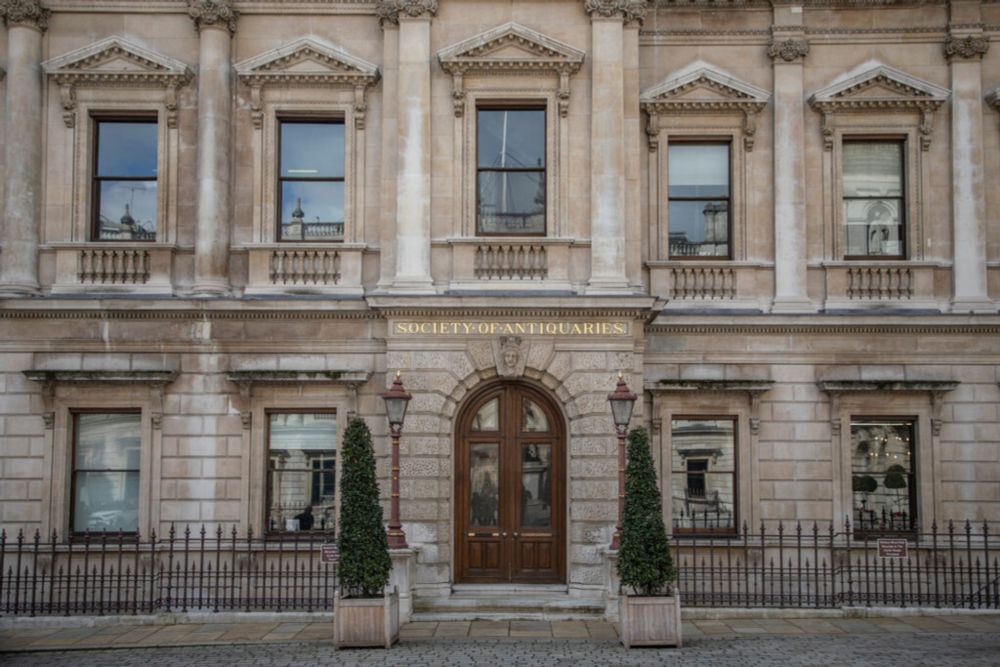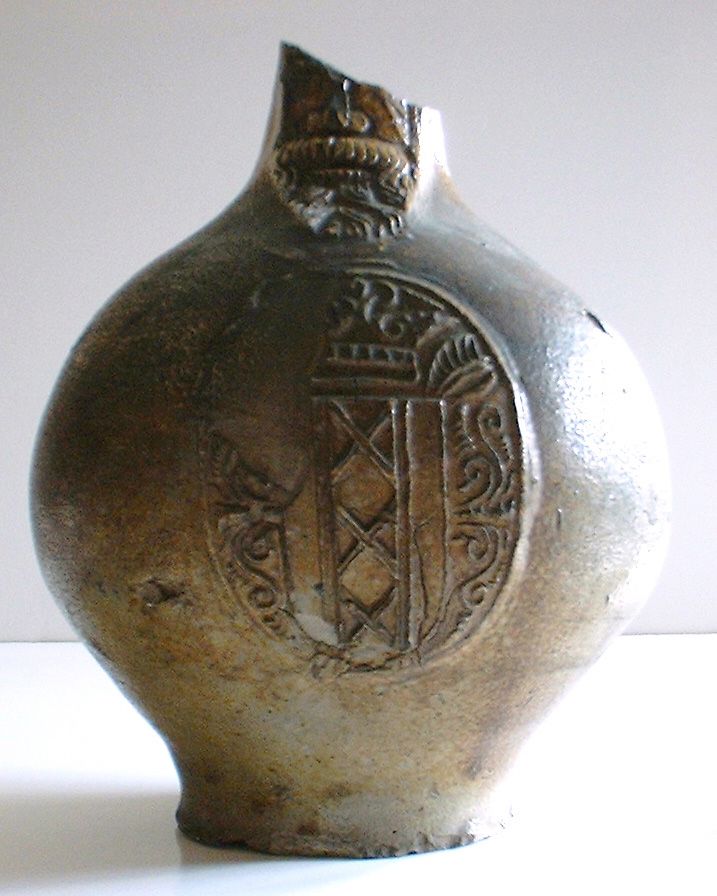The Society of Antiquaries of London
@antiquaries.bsky.social
9.8K followers
1.2K following
570 posts
In the heart of London, we are the centre of antiquarian learning, discovery & community. As a royal learned society, our Fellows have been inspiring scholarship, debate & research for over 300 years. Also own Kelmscott Manor, past home of William Morris.
Posts
Media
Videos
Starter Packs
Reposted by The Society of Antiquaries of London
Reposted by The Society of Antiquaries of London



















